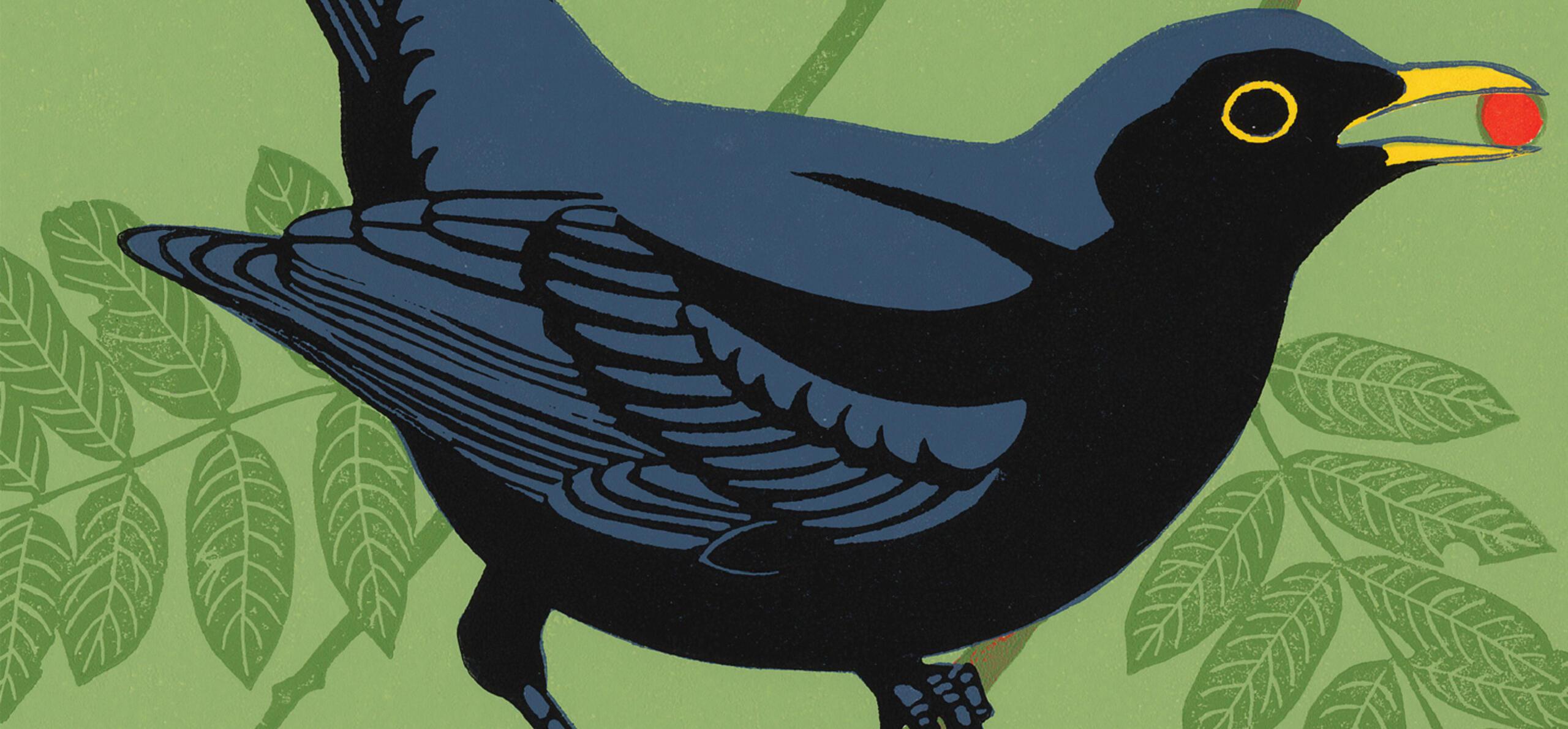Pick up any book published by Two Rivers Press, Reading’s local publishing house, and you will find it hard not to be drawn in by its striking cover, distinctive design, and engaging subject matter.
Since its establishment in 1994, Two Rivers Press has published well over 100 titles, ranging from poetry and art, to history and local interest, and we are proud to stock so many of these unique and characterful books in our museum gift shop.
We chatted with Sally Mortimore, Two Rivers Press's Managing Publisher, to find out more about the history of one of Reading's favourite publishing houses, and what it's like to work there every day.
The history of Two Rivers Press
Two Rivers Press was established by Peter Hay, a celebrated local artist who settled in Reading after studying Fine Art at the University of Reading. The press arose out of a protest against the building of a dual carriageway at Kennet Mouth, an area of beauty and tranquillity where the Thames and Kennet meet.
Hay, who cared deeply for Reading’s natural environment, wanted to fight for and celebrate the area, and so worked with author Adam Stout to produce the book Where Two Rivers Meet: The Story of Kennet Mouth. This would be the first in an ever-growing catalogue of books celebrating Reading’s environment and heritage, and the Thames and the Kennet would continue to have an enduring legacy for the press, the two rivers combining in the form of their iconic name.
'That first book was a protest, a reaction to the road builders at Kennet Mouth,' Sally said. 'But Peter was very interested in books and poetry. He was developing his own illustrations using rubber stamps, so the protest and the book provided an opportunity to grow this into something larger. After Where Two Rivers Meet, he wanted to carry on producing books. So he did!'
Sally started working for Two Rivers Press in 2010. 'My background is in textbook publishing,' Sally said, 'but I was really drawn to Two Rivers Press, and eventually I was lucky enough to be able to move there!'
Initially, the company wasn’t able to pay Sally, so the move was motivated purely by her passion for the press and its titles. 'Everyone here at Two Rivers Press does it for passion!' she said.
To start with, Two Rivers Press was very much a kitchen table affair. 'It was all cutting and pasting – literally!' Sally said.
Hay was keen on illustrating poetry, and started creating illustrations for others’ works. And the press grew from there.
Hay passed away in 2003, but through Two Rivers Press, he left behind a lasting legacy of exploring and celebrating Reading’s people, places and history.
'For our 25th anniversary in 2019, it seemed like the perfect opportunity to do a book about Peter,' Sally said. 'So we published The Art of Peter Hay, which was written by John Froy, Peter’s successor at Two Rivers Press.' Hay very much lives on through Two Rivers Press and its growing catalogue today.
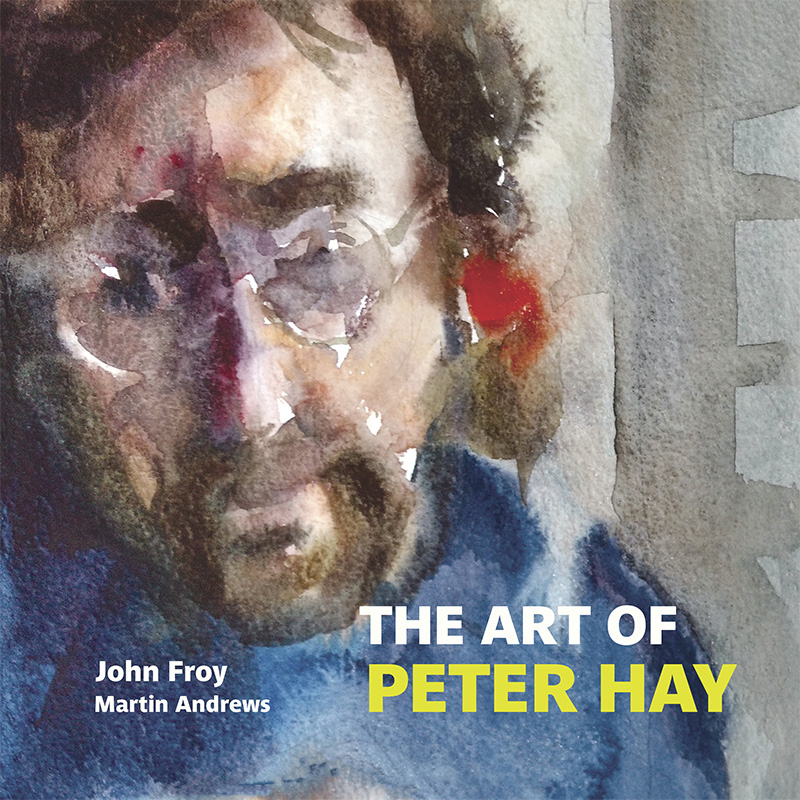
Collaborating with artists, locally and internationally
We wanted to know more about the artists that Two Rivers Press has worked with and contiinues to today.
'At the beginning, Peter knew a lot of artists, like Martin Andrews for example, that he could ask to work with the press,' Sally said. 'But we didn’t have an art book list until 2011. Reading Museum held an exhibition of Robert Gillmor’s work, featuring original artworks he did for a series of Royal Mail stamps. Working with the museum, we turned it into a book – Birds, Blocks and Stamps – which was the first book on our art list, and is still our bestseller. But Botanical Artistry by Julia Trickey is catching up and will probably overtake it!”
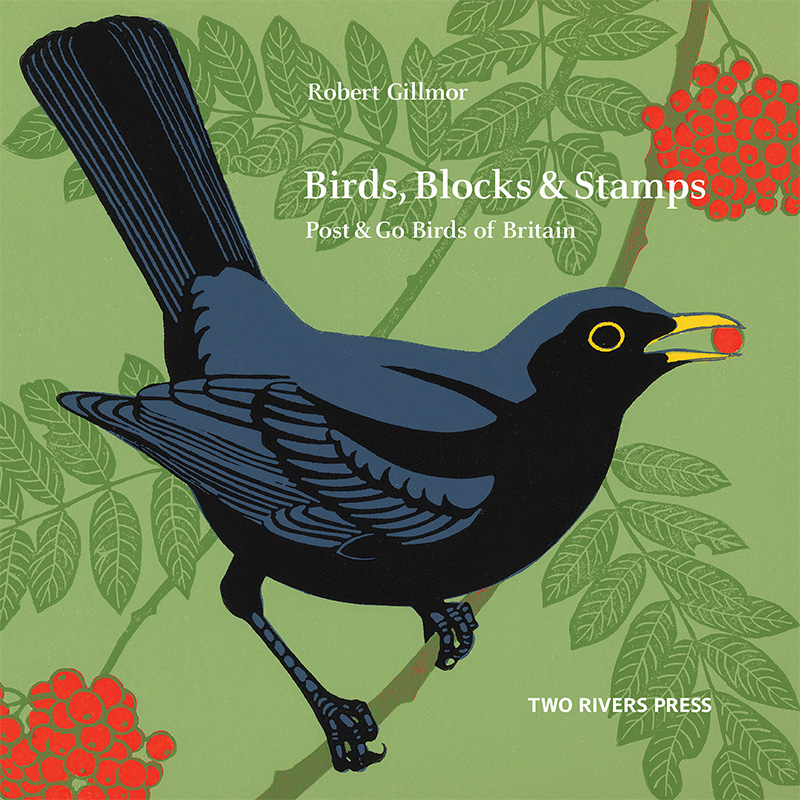
Two Rivers Press realised there was a gap in the market for botanical art books, after they were approached by several interested artists. First, Julia Trickey saw Gillmor’s book and wanted to work with the press, and, in turn, botanical artist Christina Hart-Davies saw Trickey’s book and approached the press too. 'We saw there was this burgeoning demand for this sort of botanical art book,' Sally told us, 'but we knew we couldn’t compete with the mass-produced, do-it-yourself art books. So we developed our Botanical Art Portfolios series with Julia Trickey, who is still the series editor today.'
To date, Two Rivers Press has worked with a wide variety of artists, both local to Reading and from further afield. 'We’ve actually approached an artist from Japan,' Sally explained, 'who we’re hoping will be the next artist in the Botanical Art Portfolios series.' Watch this space!
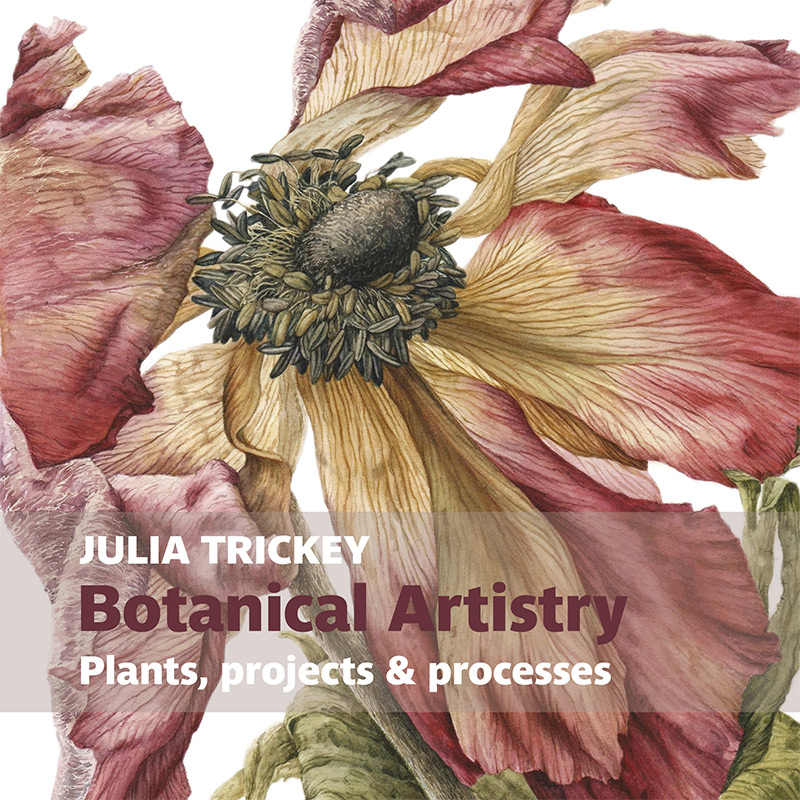
Bringing a book together
We asked Sally about the process of producing a book. How long does it take?
'Well, it depends if the artist has completed all their artworks already,' Sally said. 'If they haven’t, it’ll obviously take a lot longer!'
Sally gave us the example of Christina Hart-Davies, who works from life and has to wait for the right seasons to come around before she can start painting. 'Christina's book The Whole Story took three years! But we aim for a timeline of around one year from all the material being ready to publication, to allow for all the designing and marketing that needs to happen.'
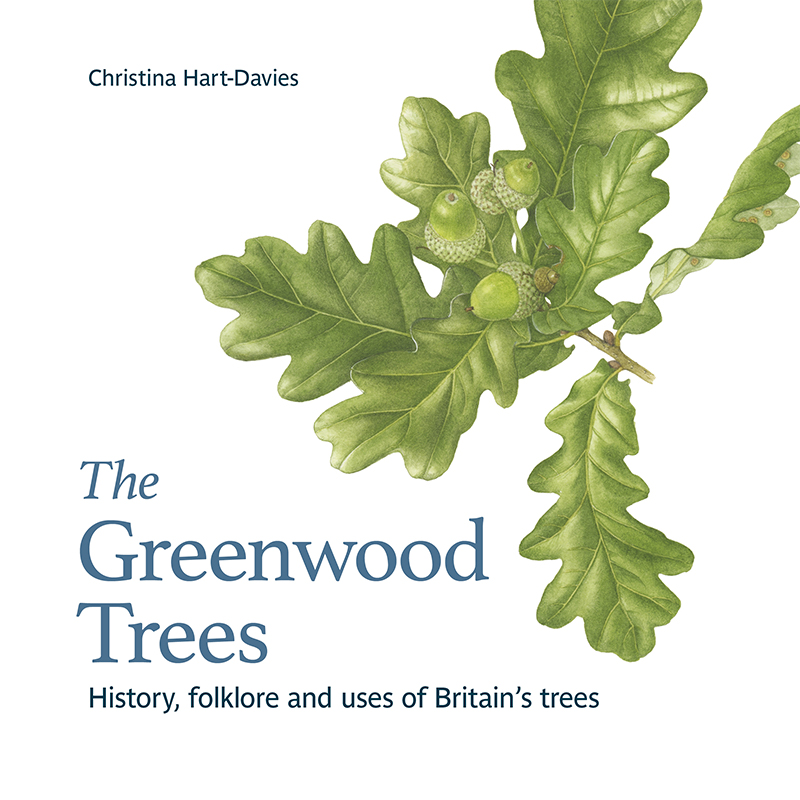
Taking the example of Reading’s Bayeux Tapestry, a book we created with Two Rivers Press, Sally talked us through the process of designing and producing. 'With this particular book, we started with the photos of the tapestry that the museum provided, and then produced some text to accompany the images. This is quite normal for us. We’re very much design-led, focusing on the images first. Our Creative Director Nadja Guggi does all the designing, including for Reading’s Bayeux Tapestry, and she has an excellent eye for the design and layout of a book page. In this way, we’re able to create really striking and unique books that grab people’s attention.'
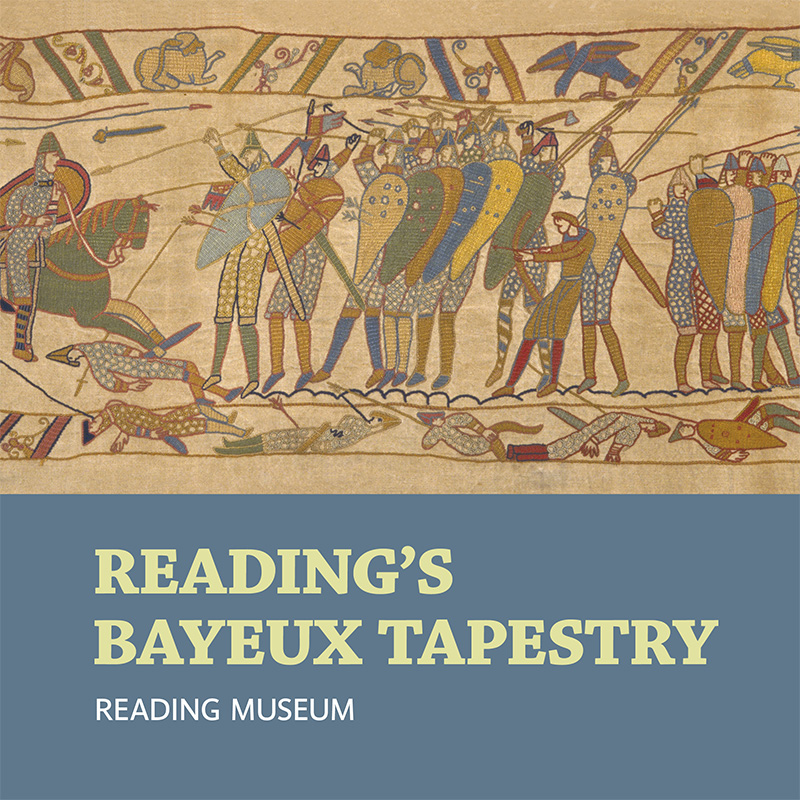
Working for Two Rivers Press
We asked Sally what her favourite thing was about working for Two Rivers Press.
'One really special thing is definitely the connections we get to make,' Sally said. 'We’ve worked with so many cultural and heritage institutions, and interesting people and groups, like Reading Museum, The MERL, Jelly, or the Reading Tree Wardens, with whom we published our title The Shady Side of Town. And some of our authors are also lecturers at the University. We have had the chance to uncover some really interesting histories!'
'And I think that’s what’s so special about being Reading’s own publisher,' Sally continued. 'Reading often goes unloved and undervalued as a town. My mission is to restore a sense of place and pride in Reading, through exploring its heritage, environment, histories and people. I want to create a way for the people of Reading to take pride in where they live – that’s my personal drive.'
'Plus, nobody else publishes about Reading, so at Two Rivers Press we have Reading to ourselves!'
Thank you!
Our huge thanks to Sally for sitting down and speaking with us.
If you're interested in ordering a book by Two Rivers Press, we stock a wide range at the Reading Museum online gift shop. Be sure to check them out for the perfect spring reading, all whilst supporting this remarkable local press.
